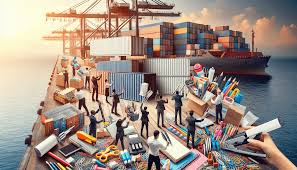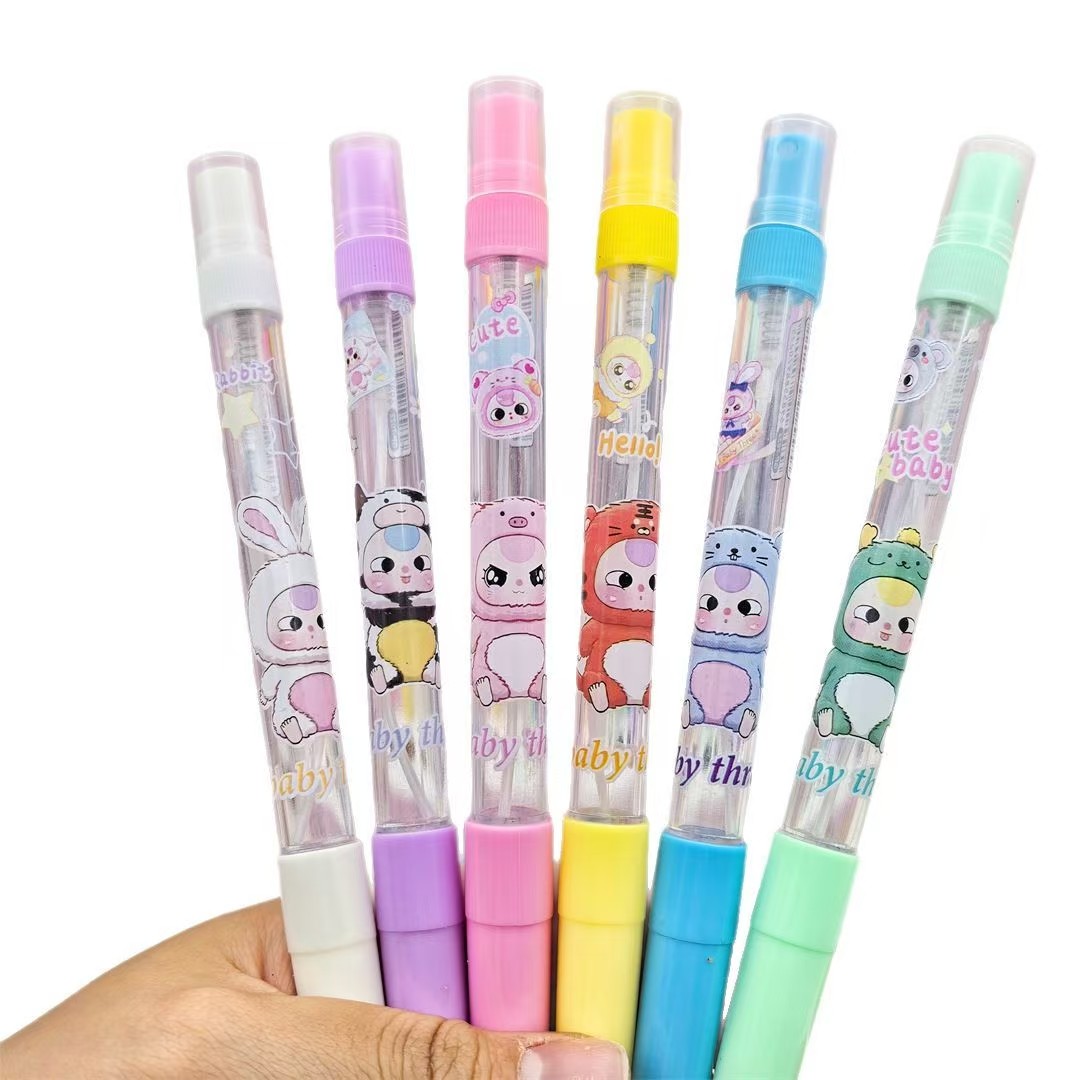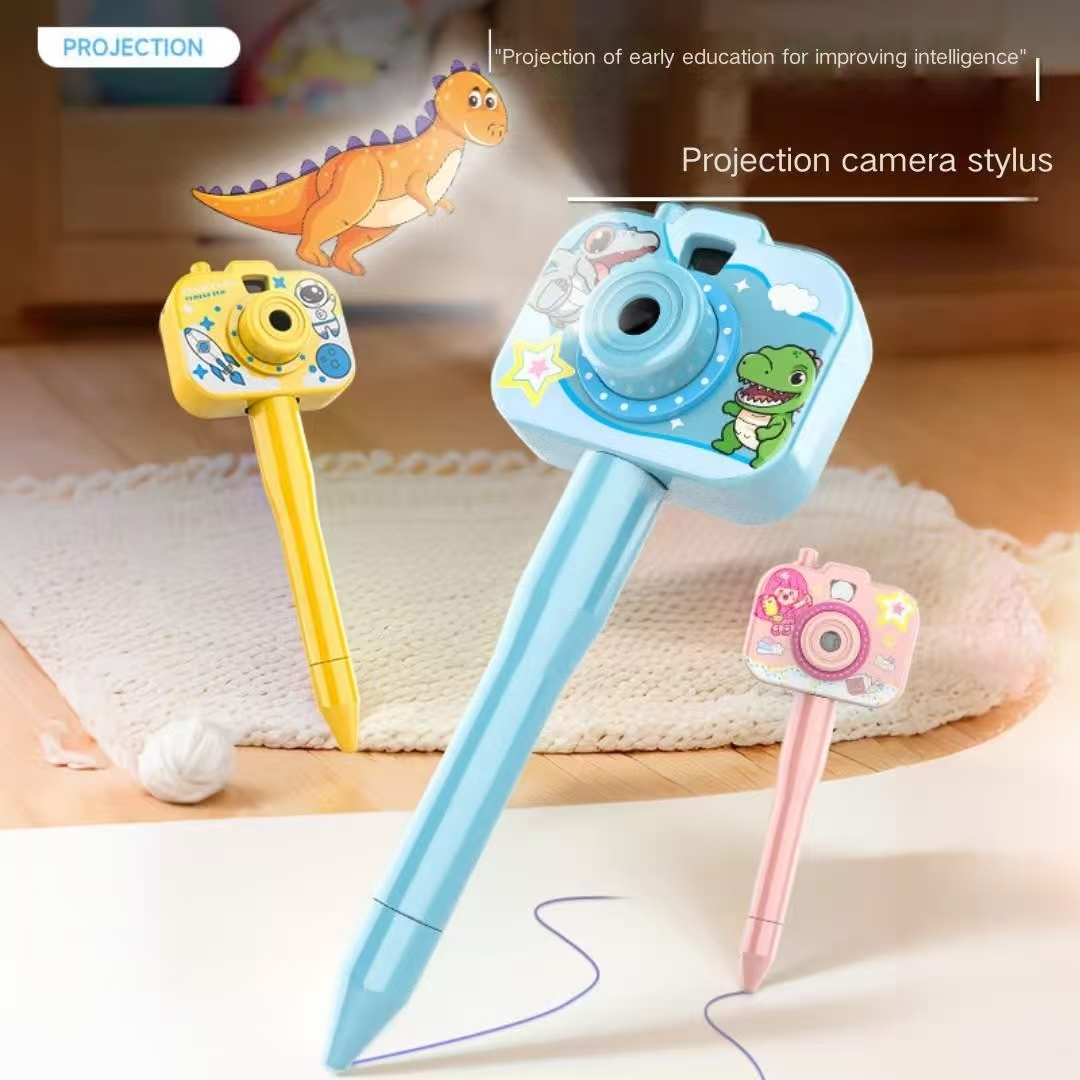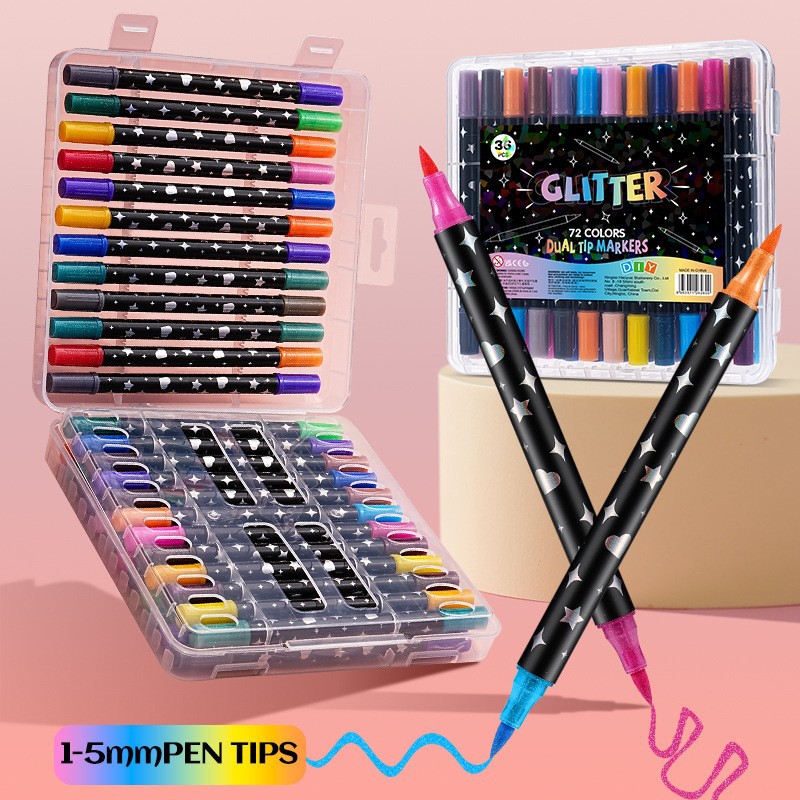How does the United States handle the import clearance of stationery?

Importing stationery requires a clear understanding of US customs processes. Accurate documentation prevents delays and ensures smooth clearance.
The US handles import clearance through correct classification, documentation, and inspections, ensuring compliance with regulations.

Understanding paperwork and complying with standards ensures timely processing.
What is the clearance process in the USA?
Knowing the process ensures efficient importation. What's involved?
The clearance process involves submitting documents, paying duties, and passing inspections, allowing goods to enter the US.

Ensure you're correctly classifying items with accurate HS codes, which determine duties and taxes. Submit required documents like the commercial invoice and packing list. Pay any applicable duties, then await customs inspection and approval. Proper preparation and accurate paperwork smooth this process, avoiding costly delays and rejections.
Who is responsible for import customs clearance?
Assigning responsibility is crucial. Who handles it?
Import customs clearance is typically handled by customs brokers, importers, or authorized agents familiar with US regulations.

Customs brokers or authorized agents often manage import customs clearance, navigating regulatory requirements and documentation. Importers may also take responsibility, especially if familiar with the process. It's essential to stay updated on customs regulations and ensure all paperwork is correctly completed to facilitate quick, hassle-free clearance.
What are the three customs clearance procedures?
Clarity on procedures ensures compliance. What are they?
The three customs clearance procedures are documentation submission, fees payment, and inspections, ensuring legality and conformity.

Submit all necessary documents, such as invoices and manifests. Pay any applicable customs duties and taxes. Your items then undergo inspection to verify compliance with US standards and regulations. Each step requires attention to detail and accuracy, ensuring efficiency and minimizing the risk of delays or additional scrutiny.
Conclusion
The US import clearance of stationery1 involves correct documentation, duty payment, and inspections. Proper classification and updated certificates ensure efficiency and compliance.
Understanding the import clearance process can help ensure compliance and efficiency in your stationery business. ↩
